Technology keeps businesses running—but great support keeps people confident. This one-day IT Tech Support Training workshop has a clear goal: to raise technical service standards. By focusing on the right systems, skills, and service behaviours, it empowers your team to deliver a customer experience that consistently delights.
- Improved customer service
- Greater efficiency; more consistency
- Fewer errors, problems, and escalations
- A more inspired Technical Support team acting as a catalyst for new ideas and improvements
Format
The training is very practical and objective. Very clear and specific skills, models and techniques are covered. The focus is on improving things that are already working, not going over old ground. Participants will discuss and plan new approaches to real-life examples taken from their own situations.
Expert trainer
Our lead consultant, Graham Roberts-Phelps, brings a wealth of expertise in consultancy, coaching, and training across customer service and personal productivity. With deep knowledge of customer service—from skills to standards and systems—combined with extensive experience in the IT industry, Graham is uniquely placed to design and deliver outstanding Technical Support Training.
Session outline
1. Introduction and key principles
- What is excellent service and why does it matter?
- Knowing what your customers really want and expect from your organisation (or team) and you personally – the three S’s of success
- Applying these principles to different types and categories of customer
2. Making every customer feel SPECIAL
- The difference that makes a difference – examples of good and bad service situations
- The seven qualities that make customers feel SPECIAL
- Applying the SPECIAL qualities to your job
- Qualities of IT and technical customer service superstars
- Practical exercises
3. Connecting skills: Telephone and face-to-face
- How to quickly ‘tune in’ to different types of customer
- Understanding body language and non-verbal communication
- First impressions: gaining rapport, empathy, and connecting with customers
- Using the right form of communication – telephone and face-to-face v email and messaging
- Best practice summary
4. Connecting skills: Telephone and face-to-face
- Different types of question and how to ask more effective questions
- Active listening and drawing-out skills
- Creating clarity and confidence through summarising and restating
- Using a prompt sheet of questions to get issues solved fast
5. Communication skills and techniques – planning and practice
- Application 1: Telephone skills
- Application 2: Email writing skills
- Application 3: Face-to-face skills
6. Convincing and closing
- Managing expectations effectively
- Opening, progressing, and closing tickets
- Checking for customer satisfaction
- Follow up, follow through, get feedback
7. Managing difficult situations
- Using the GREAT FUN model – a proven method of dealing with these situations
- Ways to calm frustrated or upset customers
- How to react when you’ve let a customer down because you’ve missed an expectation
- What to do when you don’t have an answer the customer wants to hear
8. Pulling it all together
- Summary of key learning points
- Action plans










